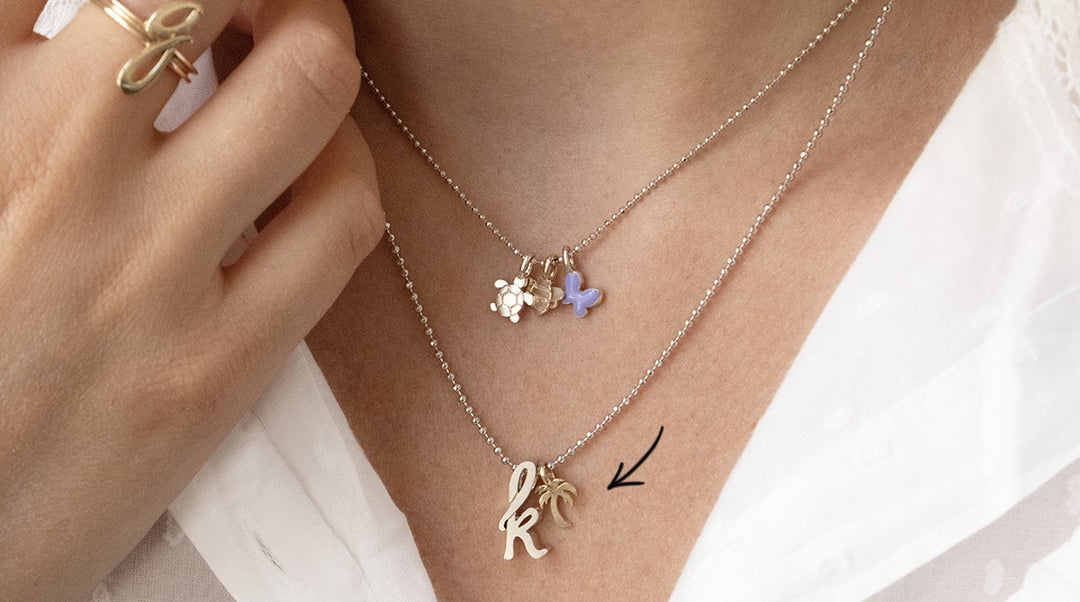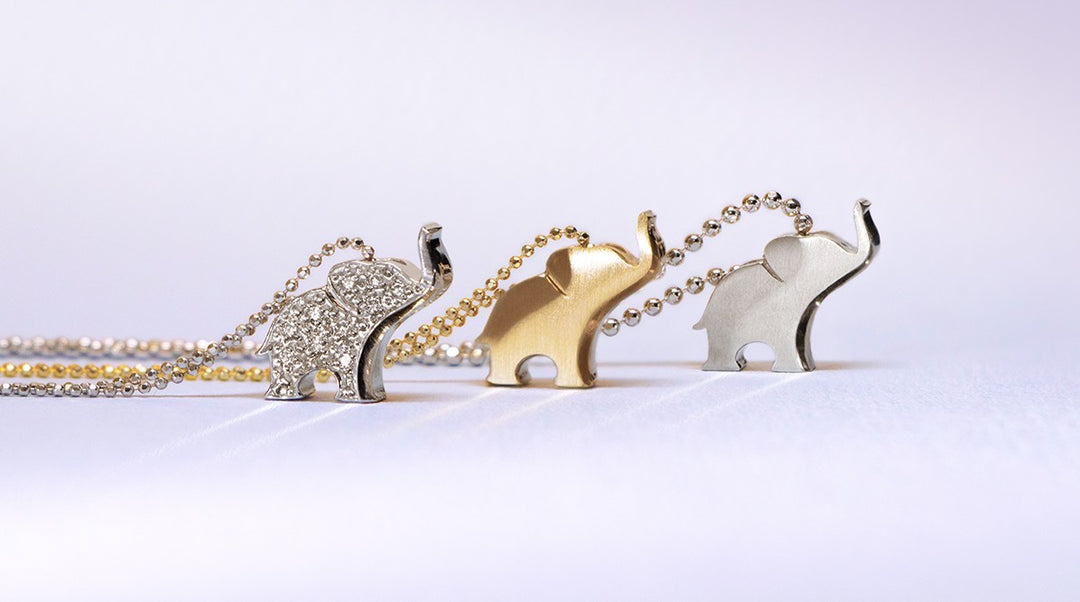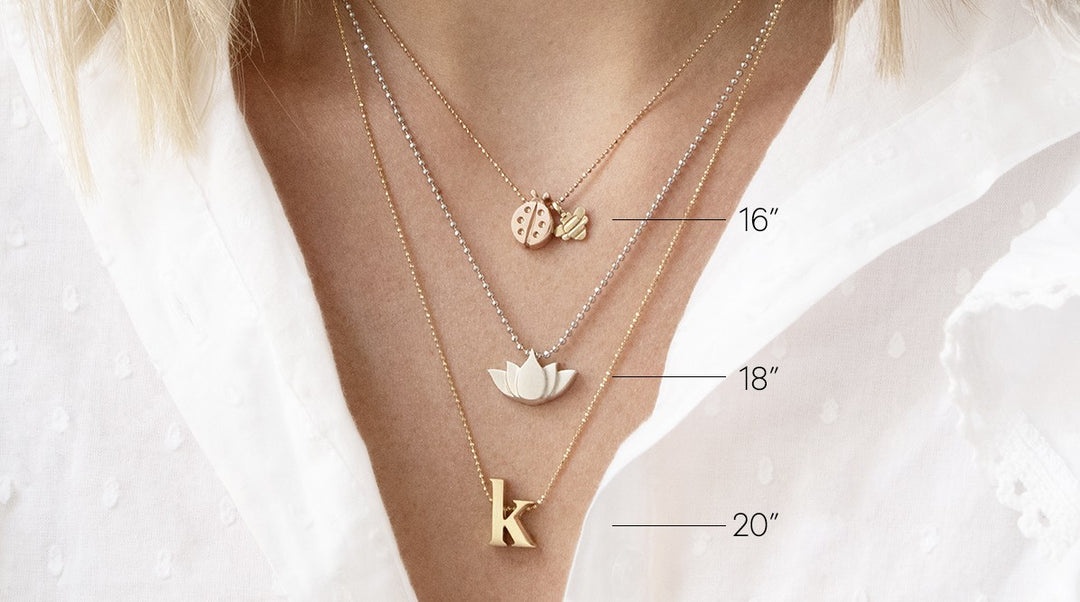New York Magazine, The Cut - Jewelry Phenom Alex Woo Lands in Lord & Taylor's Birdcage

As the holiday-shopping experience grows more mass and less personal, Lord & Taylor’s artisanal Birdcage boutique has been making strides to imbue it with heart. (You can shop Birdcage in person at Lord & Taylor's
How did you connect with Lord & Taylor for this opportunity?
The wonderful thing about my line is that it is modern yet classic. From my collection, we were able to curate a selection that perfectly tailored to Lord & Taylor's customer. I am so excited that the store is our new Fifth Avenue home, and was so honored that Lord & Taylor reached out to me as one of the first designers to be in their new Birdcage concept. This new concept was not only exciting to me as a designer, but also as a shopper. It is something that is much-needed in this new retail landscape. Consumers will love it!
What was your earliest experience designing jewelry? My father was a master bench jeweler, so he raised me with an appreciation for gems, precious metals, and fine craftsmanship. At around 8 years old, I designed my first piece. Even at that early age, I loved to mix my metal colors: It was a two-tone pendant in silver and brass that I hand-cut with a saw and finished on a polishing machine. It was modern and sculptural, and something that I was really proud of.
What were some values you picked up from your father that you wouldn’t necessarily learn in school? As an immigrant who came here to achieve his American dream, he felt fortunate to live here—and that was instilled in me. Growing up, we tried to buy American-made cars and always supported local businesses. A sense of pride in what we owned and where it came from was important. My office in New York City is in Midtown, where I support all the local artisans, suppliers, and jewelers. If businesses like mine don't support them, we will slowly start losing skilled labor to other parts of the world—and this is something we can't let happen.
What was your earliest experience designing jewelry? My father was a master bench jeweler, so he raised me with an appreciation for gems, precious metals, and fine craftsmanship. At around 8 years old, I designed my first piece. Even at that early age, I loved to mix my metal colors: It was a two-tone pendant in silver and brass that I hand-cut with a saw and finished on a polishing machine. It was modern and sculptural, and something that I was really proud of.
What were some values you picked up from your father that you wouldn’t necessarily learn in school? As an immigrant who came here to achieve his American dream, he felt fortunate to live here—and that was instilled in me. Growing up, we tried to buy American-made cars and always supported local businesses. A sense of pride in what we owned and where it came from was important. My office in New York City is in Midtown, where I support all the local artisans, suppliers, and jewelers. If businesses like mine don't support them, we will slowly start losing skilled labor to other parts of the world—and this is something we can't let happen.
Can you tell me the story behind the Tree of Life pendant? I designed this pendant in collaboration with [actress] Christina Applegate, since we both have family—and in her case, a personal—history with breast cancer. It's a cause extremely close to my heart: My mother passed away from it when I was just 16 years old. That taught me was how short life can be, how we should appreciate the things we have. So I designed a "Tree of Life” with seven leaves to represent each day of the week, as a reminder to live each day to its fullest. Integrating the feminine curves of a woman, the tree and branches symbolize balance, peace, and harmony. Proceeds from the necklaces go to Christina’s foundation, Right Action for Women, an organization that helps women at increased risk for breast cancer obtain necessary information and testing.
How has your aesthetic evolved over the years? I love clean and modern designs, classic and timeless styles. I incorporate all these elements into my collections. I think the most important aspect about being a designer is staying true to yourself and your aesthetic. Sometimes a design is re-done 50 times until I feel like it's perfect. I love to tell stories through my designs, and represent different women. In doing that, I have been lucky to hear stories from women who have worn my designs for reasons different than my original inspiration. For example, with my Little Numbers collection—I met this woman, Julie, who chose the number “8” because she is the eighth living survivor of a liver and stem-cell transplant. How inspiring is that?








Leave a comment